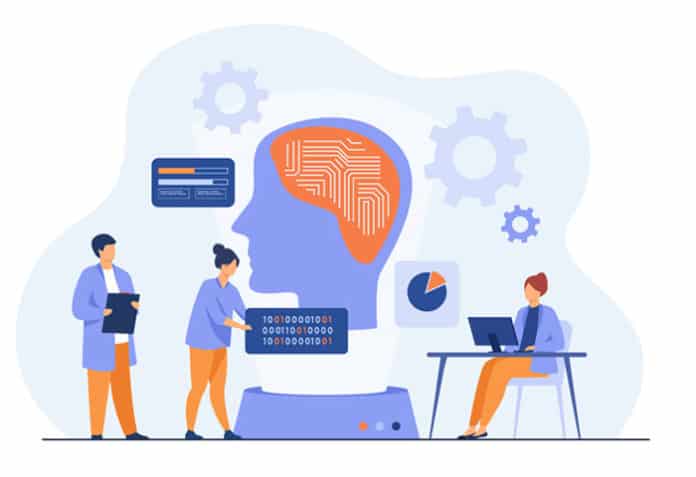There is virtually no industry segment that is untouched by machine learning today. However, with the rapid growth of machine learning based projects, there is the need to build a process and system to manage them. This is where MLOps (machine learning operations) comes in.
MLOps focuses on deploying and maintaining machine learning models in production. It includes:
- Data engineering operations for gathering and preparing data
- Model development operations for multiple iterations of train, test, validate, refine and release
Simply put, MLOps brings the rigour of agile principles to machine learning projects.
Challenges of not using MLOps
Fundamentally, machine learning (ML) projects are different from typical software projects. Organisations run into a myriad of issues to effectively manage ML projects. Data scientists typically need to work on multiple iterations of machine learning models. Creating and managing models by following processes that are not optimised for ML can be a cumbersome process.
Collaboration between different groups is another big challenge. Developing a good model requires collaborative effort between data scientists, DevOps and IT (including data engineers and ML engineers) and often, these different groups have different perspectives.
Managing technical debt between various ML models is another challenge.
MLOps addresses all these challenges effectively.
Key steps followed in MLOps
- Data collection
- Connects to the source system and collects the required data.
- Data analysis
- Understands the data, which includes the data names, types, meaning and context of data.
- Data refinement
- Removes bad data, fills missing data and manages duplicates. Formats the data to get consistency.
- Data preparation
- Creates the usable data set on which the model can be applied.
- Model creation and training
- Chooses the correct algorithm and model for the given business problem and trains it with the data.
- Model validation
- Validates the results from the model with the expected outcome. Manages variances and minimises the error.
- Model deployment
- Deploys the model to various environments (Dev, QA, UAT, production, etc).
- Model evaluation
- Evaluates the model by using and applying the output of the ML model and finds recommendations for future improvement. Tunes the parameters as required.
- Model re-training
- Modifies the model to improve its effectiveness and continue the loop of train, test and evaluate.
Benefits of using MLOps
- Improved quality
- Because of increased monitoring and reliable operations, as well as a model-drift, fail-fast and faster retry approach, the output is of good quality.
- Increased efficiency
- There is an increase in the productivity and efficiency of data scientists and ML/data engineers.
- Better coordination
- Improved and streamlined processes result in better understanding and coordination across various teams.
- Better business outcomes
- Businesses can apply the ML outcomes and reap the benefits.Phani Kiran









































































